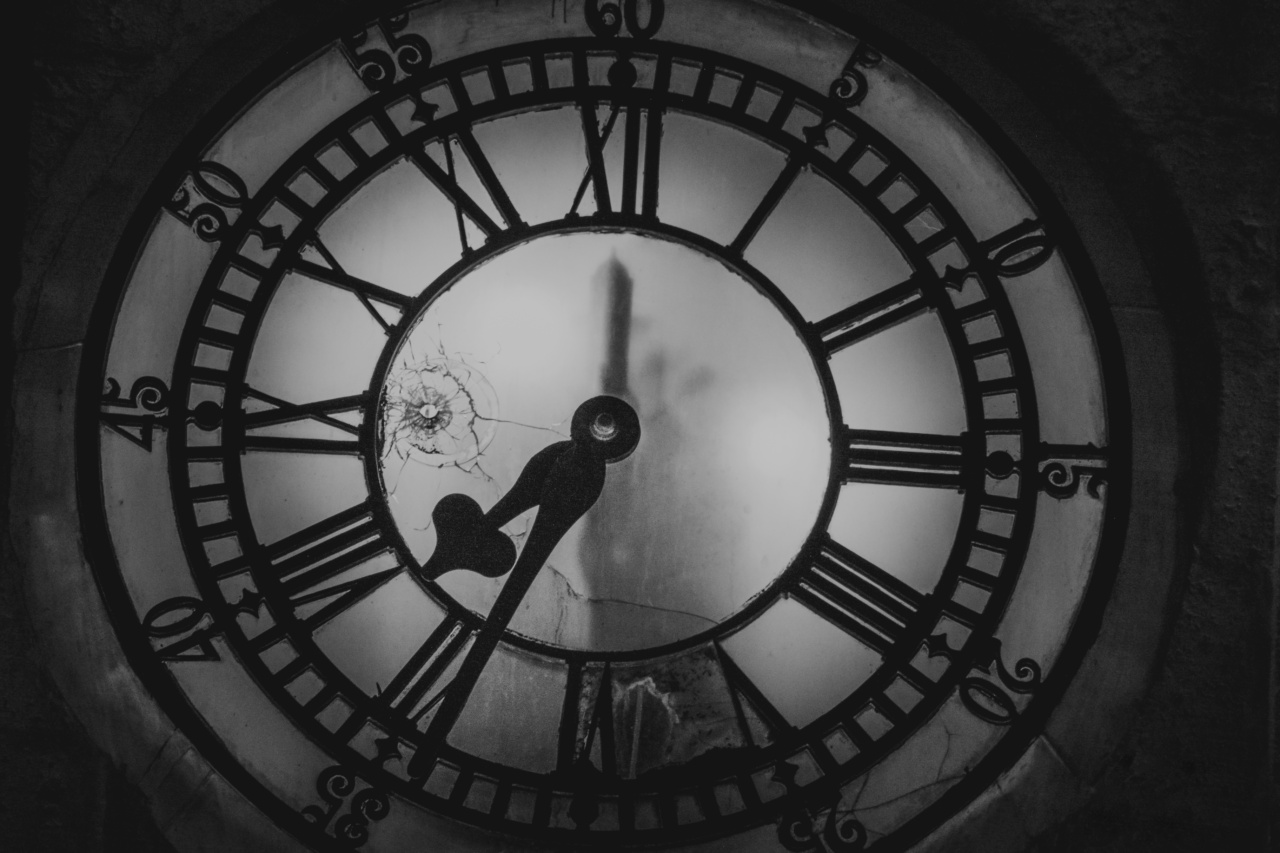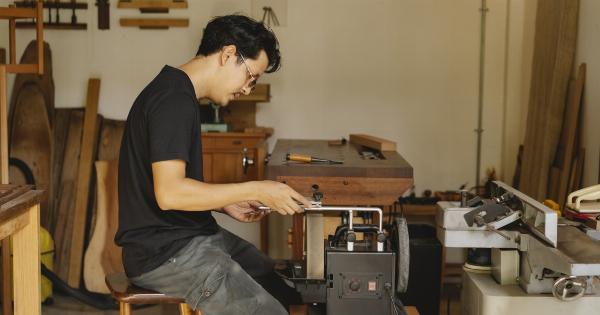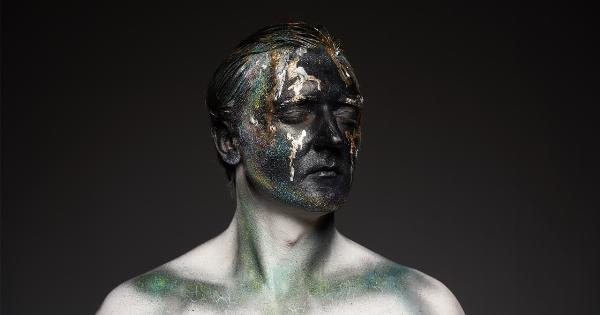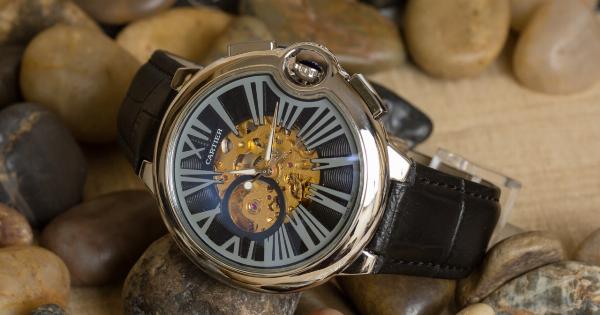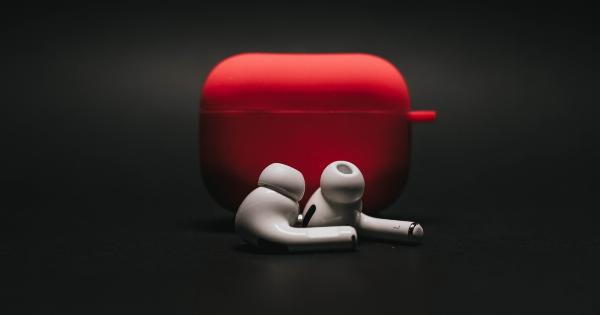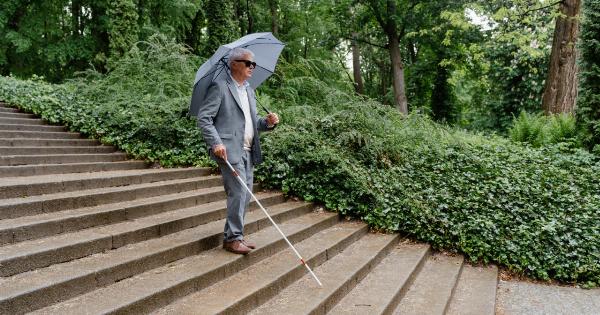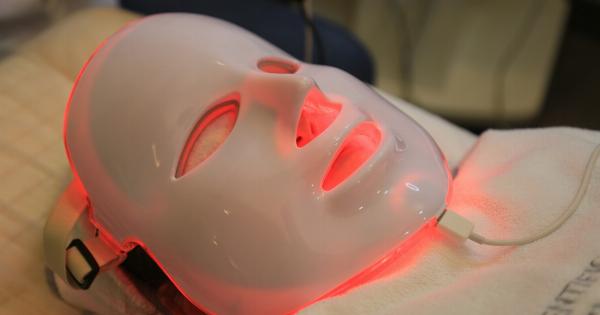Rhinoplasty, commonly known as a nose job, is a cosmetic surgical procedure aimed at altering the shape, size, or appearance of the nose.
Traditionally, rhinoplasty involved a surgical incision, bone and cartilage reshaping, and a significant recovery period. However, with advancements in medical technology, a new and non-invasive approach to rhinoplasty has emerged, offering patients a painless alternative with reduced downtime.
In this article, we will explore the concept of painless rhinoplasty, its benefits, and how it serves as a time-saving option for those seeking nose enhancement.
Understanding Painless Rhinoplasty
Painless rhinoplasty, also referred to as non-surgical rhinoplasty or liquid rhinoplasty, is a minimally-invasive procedure that avoids surgical incisions and alterations to the bone structure of the nose.
Instead, it utilizes dermal fillers, typically composed of hyaluronic acid, to reshape and enhance the nose. This technique is particularly useful for individuals looking to correct minor imperfections, such as bumps, unevenness, or asymmetry, without undergoing major surgery.
During a painless rhinoplasty, the dermatologist or cosmetic surgeon will inject dermal fillers into specific areas of the nose, based on the desired outcome. The fillers add volume, smooth out contours, and improve the overall appearance of the nose.
Unlike traditional rhinoplasty, which involves anesthesia and significant recovery time, painless rhinoplasty is performed using local anesthesia or topical numbing creams, ensuring a virtually pain-free experience.
The Benefits of Painless Rhinoplasty
1. Non-Surgical Approach: Painless rhinoplasty offers a non-surgical alternative for individuals who desire nasal enhancement but wish to avoid the risks and recovery associated with traditional surgery.
The absence of incisions and bone manipulation makes it an attractive option for those seeking a less invasive procedure.
2. Minimal Downtime: Unlike traditional rhinoplasty, which requires weeks of recovery, painless rhinoplasty allows patients to resume their daily activities immediately after the procedure.
The lack of incisions and internal restructuring translates to minimal downtime and a quicker return to normalcy.
3. Temporary Results: Dermal fillers used in painless rhinoplasty are not permanent. This aspect can be advantageous for individuals who are unsure of the desired outcome or those who wish to experiment with different nasal shapes.
If the patient is dissatisfied with the results, the fillers can be dissolved, and the nose can return to its original state.
4. Improved Symmetry and Balance: Painless rhinoplasty can address minor irregularities and asymmetry, helping to improve the overall balance and symmetry of the facial features.
It allows for targeted enhancements and adjustments, resulting in a more aesthetically pleasing appearance.
5. Quick Procedure: Compared to traditional rhinoplasty, which can take several hours to complete, painless rhinoplasty is a relatively quick procedure.
Depending on the desired outcome, the entire process can be completed within 30 minutes to an hour, saving valuable time for patients with busy schedules.
The Procedure: What to Expect
Painless rhinoplasty is typically performed in a dermatologist’s or cosmetic surgeon’s office. Here’s a step-by-step breakdown of what to expect during the procedure:.
Step 1: Consultation
Prior to the procedure, the patient will have a consultation with the dermatologist or cosmetic surgeon. This is an opportunity to discuss expectations, goals, and any concerns related to the painless rhinoplasty process.
The doctor will evaluate the patient’s nose and facial structure to determine if they are a suitable candidate for the procedure.
Step 2: Numbing
Before the injection of dermal fillers, the doctor will apply a topical numbing cream or administer local anesthesia to ensure maximum comfort during the procedure. The numbing cream or anesthesia may take a few minutes to take effect.
Step 3: Injection of Dermal Fillers
Once the numbing has taken effect, the dermatologist or cosmetic surgeon will begin injecting dermal fillers into specific areas of the nose.
The injections will be performed using a fine needle or cannula, depending on the technique preferred by the practitioner. The doctor will carefully shape and mold the nose by strategically placing the fillers.
Step 4: Assessing the Results
After the injections are complete, the doctor will assess the results and make any necessary adjustments to ensure symmetry and balance.
The patient will also have an opportunity to provide feedback and discuss any concerns with the doctor at this stage.
Step 5: Recovery and Aftercare
Since painless rhinoplasty is a non-invasive procedure, the recovery time is minimal. Patients can usually leave the clinic immediately after the procedure and return to their daily activities.
However, it is advisable to avoid touching or applying pressure to the treated area for a few days to allow the fillers to settle.
While painless rhinoplasty does not have the same extensive recovery period as traditional rhinoplasty, there may be some temporary side effects. These may include mild swelling, bruising, or redness at the injection sites.
These side effects typically subside within a few days.
Is Painless Rhinoplasty Right for You?
Painless rhinoplasty is a suitable option for individuals who desire minor changes to the appearance of their nose without undergoing major surgery. However, it may not be suitable for everyone.
It is best to consult with a qualified dermatologist or cosmetic surgeon to evaluate your specific needs, discuss your expectations, and determine if painless rhinoplasty is the right choice for you.
The Limitations of Painless Rhinoplasty
While painless rhinoplasty offers numerous advantages, it does have its limitations. It is important to consider these limitations when deciding whether to opt for the procedure:.
1. Limited Corrections: Painless rhinoplasty is best suited for individuals seeking minor corrections and enhancements. It may not be suitable for individuals with major structural abnormalities or those who require extensive reshaping of the nose.
2. Temporary Results: The results of painless rhinoplasty are not permanent. Dermal fillers used in the procedure typically last between 6 to 18 months, depending on the type of filler and individual characteristics.
To maintain the desired outcome, repeat treatments will be necessary.
3. Inability to Address Breathing Issues: Painless rhinoplasty is a cosmetic procedure and cannot address functional issues of the nose such as breathing difficulties or obstructed airways.
These concerns are better addressed through traditional rhinoplasty or other surgical interventions.
Conclusion
Painless rhinoplasty offers a convenient and non-surgical option for individuals seeking to enhance the appearance of their nose. With minimal downtime and virtually no pain involved, it is becoming an increasingly popular choice.
While it may not be suitable for everyone and has its limitations, painless rhinoplasty serves as a time-saving alternative to traditional rhinoplasty, allowing individuals to achieve their desired nasal aesthetics without the need for major surgery.
